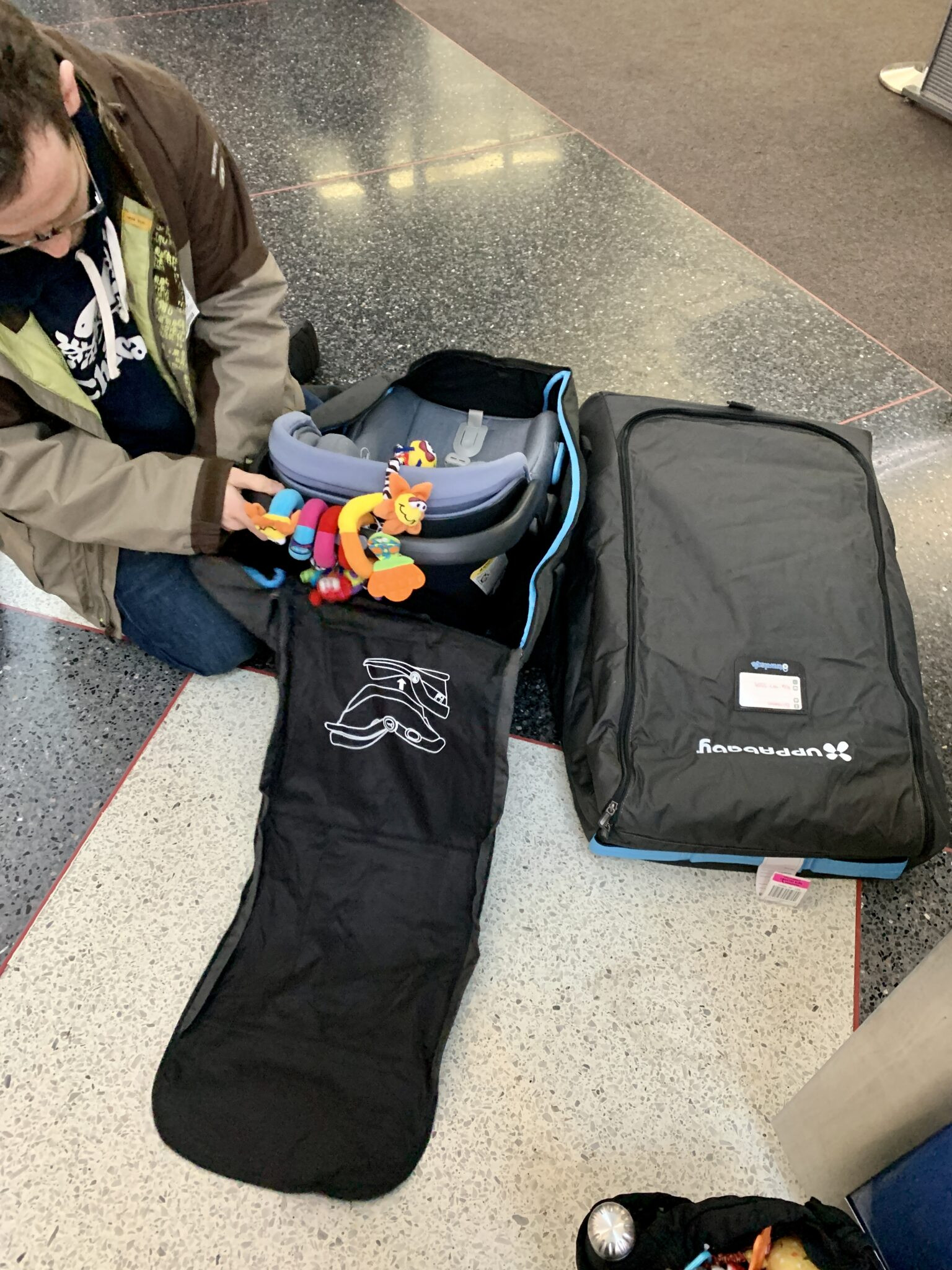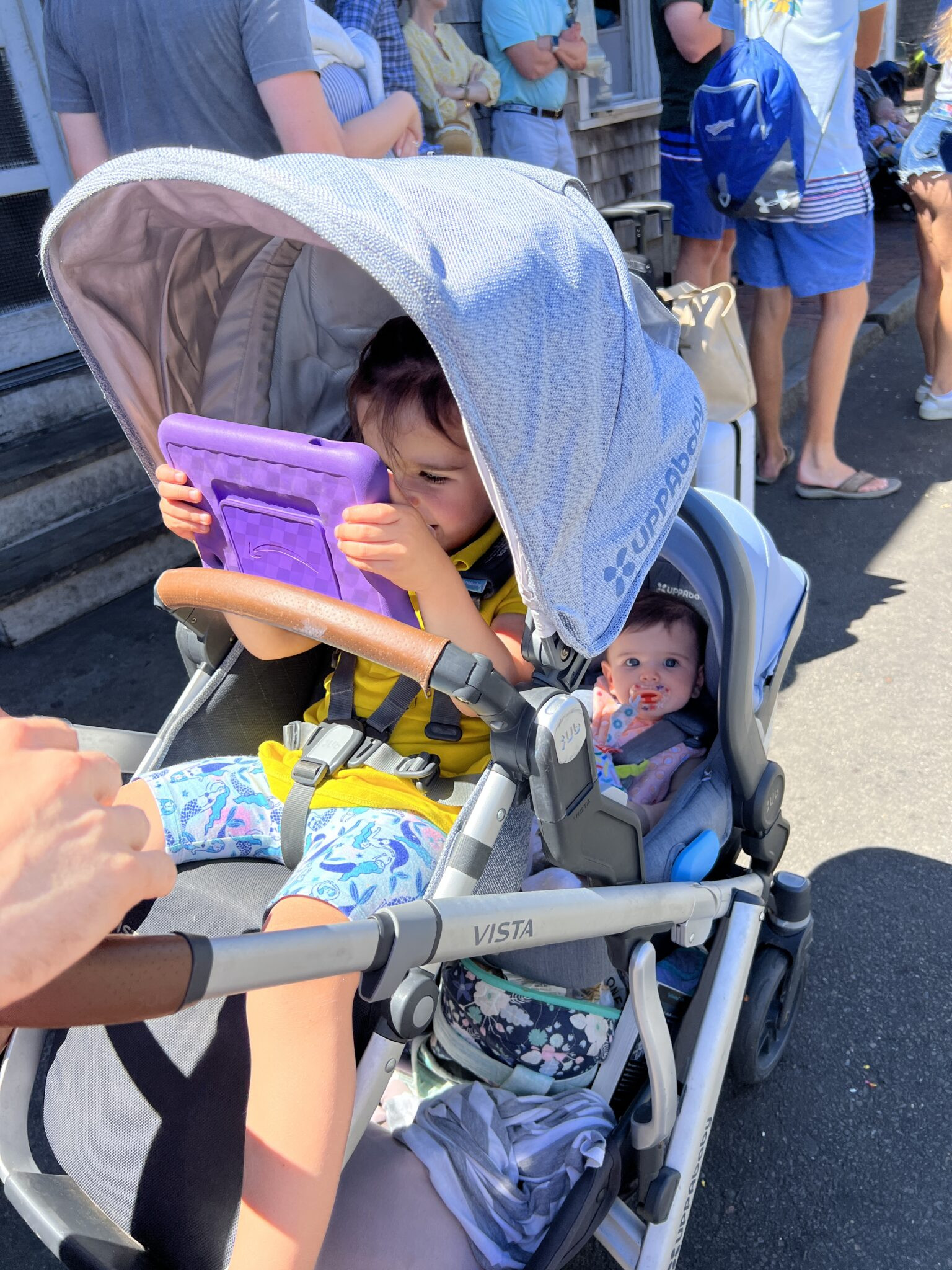Traveling with an infant is an adventure, and while exciting, it comes with its own set of logistical challenges. One of the biggest concerns for parents is ensuring the safety and comfort of their little ones, especially when navigating busy airports. If you’re planning a trip and wondering how to manage your infant car seat, you’re in the right place. Let’s dive into the world of Infant Car Seat Travel Bags and discover how they can be your best travel companion.
Why an Infant Car Seat Travel Bag is a Game Changer
Imagine lugging your infant car seat through crowded terminals, worrying about damage, and struggling to keep your little one close. Sounds stressful, right? That’s where an infant car seat travel bag steps in to save the day. It’s not just an accessory; it’s an essential tool for any parent planning to fly with a baby.
Think of it as armor for your car seat. Airports are bustling environments, and baggage handling can be rough. A quality travel bag protects your car seat from dirt, scratches, and the general wear and tear of travel. Beyond protection, it offers incredible convenience. Many travel bags come with straps or wheels, making it significantly easier to transport your car seat alongside your luggage.
For those using stroller systems like the UppaBaby Vista, integrating an infant car seat is often part of the travel plan. While stroller travel bags are fantastic for the stroller frame itself, an infant car seat travel bag is specifically designed for the car seat component, ensuring each piece of your travel system is well-protected and easy to handle.
Choosing the Right Infant Car Seat Travel Bag: Features to Consider
Not all travel bags are created equal. When selecting the perfect infant car seat travel bag, consider these key features to ensure it meets your needs and simplifies your airport experience:
- Durability: Look for bags made from robust, water-resistant materials like durable nylon or polyester. Reinforced stitching and sturdy zippers are crucial for withstanding the rigors of travel.
- Padding: Extra padding offers superior protection against bumps and drops. This is especially important to safeguard your car seat from potential damage during baggage handling.
- Wheels and Straps: Opt for a bag with wheels for effortless rolling through airports. Padded shoulder straps or backpack-style straps offer hands-free carrying options, which are invaluable when you’re also managing luggage and children.
- Size and Compatibility: Ensure the travel bag is compatible with your specific infant car seat model. Some bags are universal, while others are designed for particular brands. Double-check dimensions to guarantee a snug and secure fit.
- Ease of Use: Features like wide openings and clear instructions for packing and unpacking the car seat can save you precious time and reduce stress, especially when you’re in a hurry.
- Airline Compliance: While most standard car seat travel bags are airline compliant for gate checking, it’s always wise to check with your specific airline regarding size restrictions for carry-on or gate-checked items.

Navigating the Airport with Your Infant Car Seat Travel Bag: A Step-by-Step Guide
Mastering airport navigation with an infant car seat in tow becomes much smoother with a travel bag. Here’s how to make the most of your infant car seat travel bag at each stage of your airport journey:
Check-In: Bag Drop Made Easy
If you plan to check your car seat at the baggage counter, having it securely packed in a travel bag simplifies the process. The bag protects the car seat during transit, and the handles or wheels make it easier to maneuver to the check-in counter. For families using the UppaBaby Mesa infant car seat, consider the UppaBaby Mesa travel bag designed specifically for this model, ensuring a perfect fit and added protection. Remember, some airlines allow you to check car seats for free as special items, so inquire about this policy to save on baggage fees.
Security: Streamlining the Process
Going through security with baby gear can feel daunting, but an infant car seat travel bag can help streamline things. While you’ll need to take the car seat out of the bag for screening, the bag itself can go through the X-ray machine with your other carry-on items. Having the car seat contained in a bag keeps all its parts together and makes it easier to repack after security. Be prepared to fold strollers and remove large wheels as mentioned in the original article, but for just the car seat, the travel bag mainly helps in organization and transport through security lines.
Gate Check: Convenience at the Gate
Gate checking your infant car seat is a popular option, allowing you to use it in the airport and then have it checked right before boarding. An infant car seat travel bag is indispensable for gate checking. Simply fold or collapse your stroller (if applicable), place the infant car seat in its travel bag, and get a gate check tag from the gate agent. The bag protects the car seat during its journey to the cargo hold. When you arrive at your destination, your car seat (hopefully still safely inside its travel bag!) will be waiting for you at the jet bridge or baggage claim, depending on the airport and airline procedures.
Pro Tips for Using Your Infant Car Seat Travel Bag
To maximize the benefits of your infant car seat travel bag and ensure smooth travels, keep these pro tips in mind:
- Practice Packing: Before your travel day, practice packing your infant car seat into the travel bag. This familiarizes you with the process and ensures you can do it quickly and efficiently at the airport.
- Utilize Extra Space: Many travel bags have extra room. Use this space to pack lightweight baby essentials like diapers, blankets, or even soft clothing. This can free up space in your main luggage.
- Clearly Label Your Bag: Attach a luggage tag with your name, address, phone number, and email to your infant car seat travel bag. This helps in case of loss or misplacement.
- Check Airline Policies: Always verify the airline’s specific policies regarding car seats and travel bags before your trip. Knowing the size and weight restrictions, as well as any fees, will prevent surprises at the airport.
- Consider a Wheeled Bag: If you anticipate long walks through airports, a travel bag with wheels will be a lifesaver. It reduces strain and makes transporting the car seat much easier, especially when you’re also handling other luggage and a baby.
- Travel Insurance: For peace of mind, especially with higher-end car seats, consider travel insurance that covers damage to checked items, including baby gear. As mentioned in the original article, UppaBaby’s TravelSafe Program is a great example of manufacturer protection when using their travel bags. Check if your car seat brand offers a similar program.
Traveling with an infant doesn’t have to be overwhelmingly stressful. Equipping yourself with an infant car seat travel bag is a smart investment in smoother, safer, and more convenient airport experiences. By choosing the right bag and following these tips, you can navigate your journey with confidence, knowing your little one’s car seat is protected and easy to manage. Happy travels!
[

